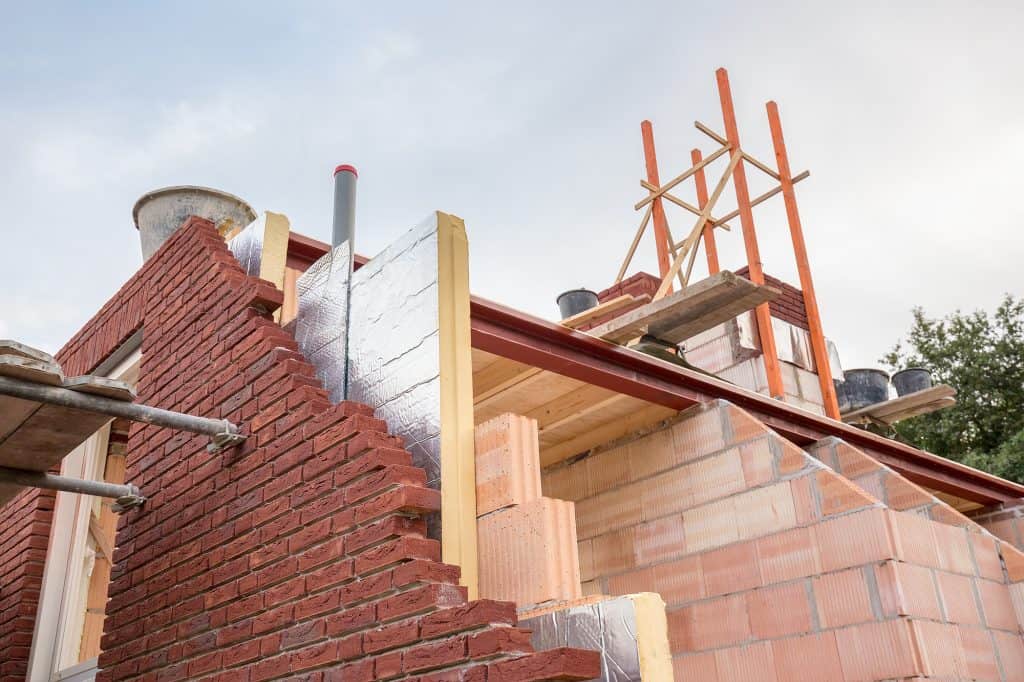Ahh, the internet... the home of logical cool-headed discussion.
There are issues with cavity wall insulation, just as there are also issues with dentistry and heart surgery, but we still do them. Don't let your judgement be swayed by a noisy minority and some who think everything is a conspiracy.
If your brickwork and pointing (or render) is solid and sound then all should be well. Also avoid windswept locations, e.g. a bleak hillside, where rain will be regularly driven sideways into the walls. The installer should check all this and more, e.g. they should also look inside the wall at some wall ties with an endoscope camera to ensure they're OK. As ever, they only get money if they install, so cowboy companies have installed where they really shouldn't have, which is probably what's behind many of the small number of problems.
We've had it done on 1930s and 1950s brick-built houses, both of which were in fairly typical condition, definitely not freshly renovated. Both instantly much warmer, lower bills and no issues.


